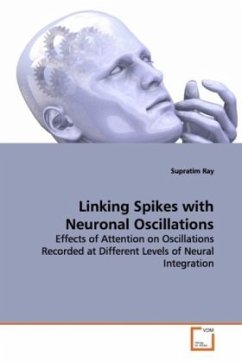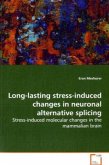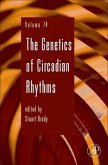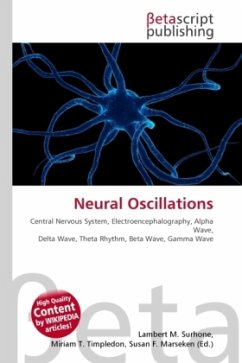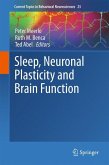The amount of information our sensory systems send to
the brain far exceeds its processing capacity. To
cope with this constant barrage of information, our
brain has developed the remarkable ability to select
only the inputs that are behaviorally interesting and
relevant, while filtering out irrelevant stimuli.
These attentional mechanisms have been associated
with oscillatory activity in neural populations (for
example, in EEG recordings). However, it is not known
how these network oscillations in the brain are
related to firing properties of neurons. This book
attempts to link the neural firing properties with
oscillations observed in small as well as large
neural populations, both in humans and monkeys.
Establishing such links are key to understanding
higher order cognitive functions such as attention,
multi-sensory integration, working memory, and
consciousness. This book will be of interest to
anyone interested in understanding the relationship
between neural signals at various levels, especially
neurophysiologists and clinicians studying the
functional role of oscillations (in gamma and
high-gamma range) and theoretical scientists
interested in rate versus temporal coding.
the brain far exceeds its processing capacity. To
cope with this constant barrage of information, our
brain has developed the remarkable ability to select
only the inputs that are behaviorally interesting and
relevant, while filtering out irrelevant stimuli.
These attentional mechanisms have been associated
with oscillatory activity in neural populations (for
example, in EEG recordings). However, it is not known
how these network oscillations in the brain are
related to firing properties of neurons. This book
attempts to link the neural firing properties with
oscillations observed in small as well as large
neural populations, both in humans and monkeys.
Establishing such links are key to understanding
higher order cognitive functions such as attention,
multi-sensory integration, working memory, and
consciousness. This book will be of interest to
anyone interested in understanding the relationship
between neural signals at various levels, especially
neurophysiologists and clinicians studying the
functional role of oscillations (in gamma and
high-gamma range) and theoretical scientists
interested in rate versus temporal coding.

